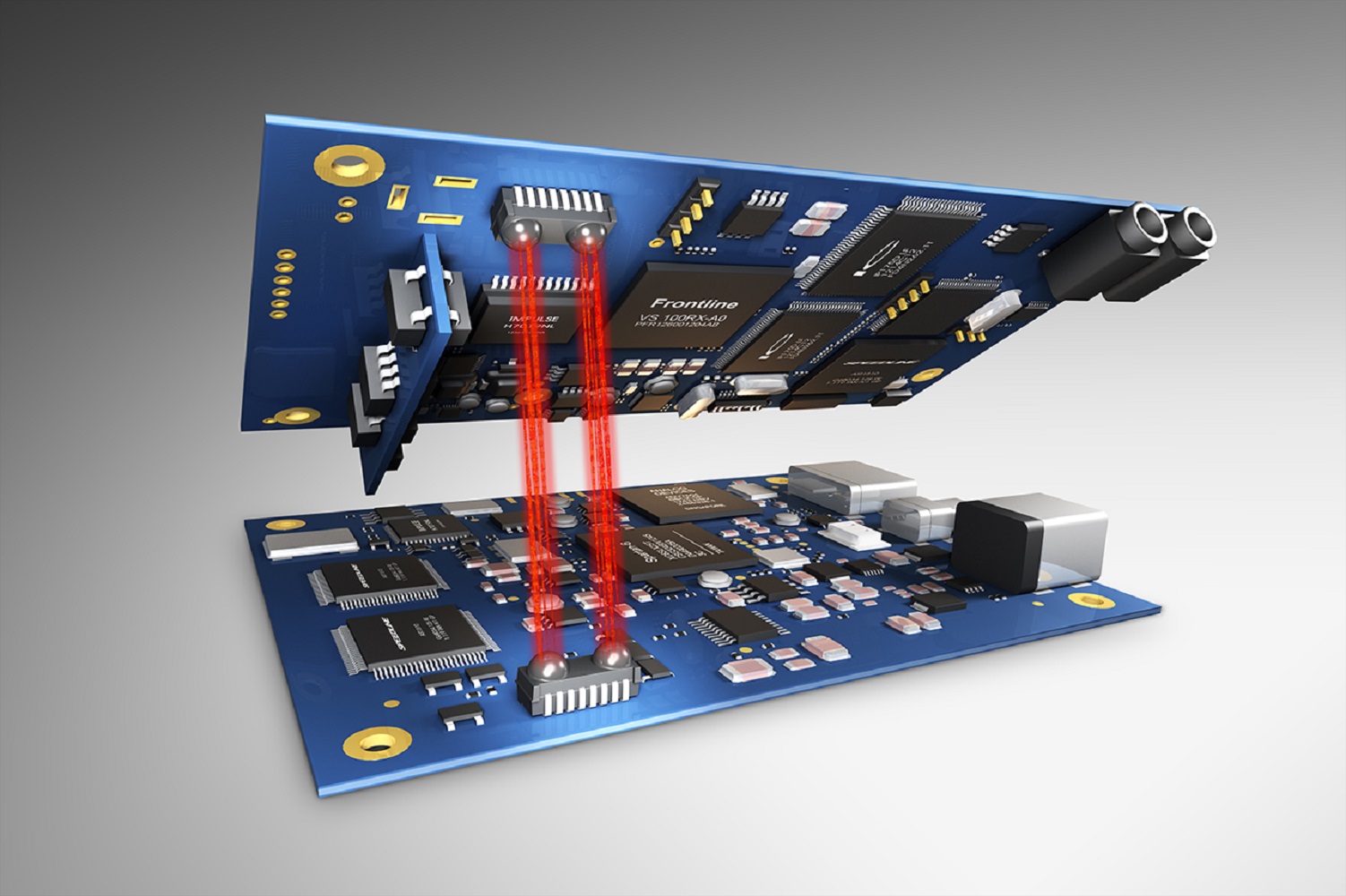Sensor and actuator-based signal preprocessing using AI-based methods
Fraunhofer IPMS combines latest hardware in microsensor and actuator technology with artificial intelligence
In everyday life, digital helpers - such as smart apps or cars that think for themselves - are already firmly integrated. Currently, however, the processing of data is mostly done on large, external servers. Embedded artificial intelligence (edge AI) is set to change this and enable the processing of data and algorithms directly on the end device. However, the performance of edge AI, especially in very small devices, is currently still very limited. The Fraunhofer Institute for Photonic Microsystems IPMS is therefore researching innovative solutions to integrate machine learning algorithms into everyday devices. The institute will be demonstrating its latest research results at the electronica trade fair in Munich from November 15 to 18.


Researching innovative technology solutions and bringing them into application - that is the goal of Fraunhofer IPMS. The institute is presenting some of its latest develop-ments this week at the electronica trade fair in Munich at booth #B4.258. For almost 60 years, the world's leading trade fair for the electronics industry has covered the entire spectrum of electronics, from components to systems, applications and services.
Networking tiny devices (MEMS) with edge AI
Fraunhofer IPMS is increasingly networking its expertise and developments from different research areas. For example, in an internal institute project, findings from microsensor and actuator technology were combined with the latest technologies in nanoelectronics, wireless communication and processor developments. The resulting synergy effects now offer customers tailored complete solutions for hardware-related, AI-controlled microsensors and actuators. This enables sensor- or actuator-related signal preprocessing using AI-based methods (focus: TinyAI/Embedded AI). The advantages here are both low latency in processing and more secure data processing without network connectivity. Furthermore, the edge AI solution enables re-learning in the field to optimize the system for specific on-site boundary conditions. Specifically for edge AI sensor/actuator solutions, the existing RISC V computing platform EMSA5 was extended at the institute with an AI functionality (based on Tensorflow Lite). In a demonstrator setup at the electronica fair, signal preprocessing with sensors and actuators is exemplarily illustrated.
The application areas of the sensors and actuators used include spectrometers, ISFET sensors as well as ultrasonic imaging (for condition monitoring, gesture control or environment recognition for cobots).
IP cores and optical data transmission
Processor IP cores help developers reduce effort through specified, pre-verified and tested designs, minimize integration risk and shorten time-to-market. More than 150 customers worldwide have relied on the quality of Fraunhofer IPMS' IP core solutions for FPGA and ASIC designs and comprehensive technical support for over 20 years. In addition to IP core modules, Fraunhofer IPMS also offers customization, implementation support and characterization. On request, Fraunhofer IPMS also develops new IP core designs for ASICs and FPGA systems for special requirements. A special focus is on safety-critical applications.
At the electronica trade fair, the researchers will present some of their latest IP core developments. Innovations from the institute for optical wireless data transmission (Li-Fi) will also be on display there. The Li-Fi GigaDock® developed by Fraunhofer IPMS is particularly suitable for industrial applications. In the context of Industry 4.0, in which ever larger amounts of data are being transmitted, the Li-Fi GigaDock® is suitable for short-distance transmission and a maximum data rate of 12.5 Gbps. Low latencies also enable use in applications with hard real-time requirements.
 Fraunhofer Institute for Photonic Microsystems
Fraunhofer Institute for Photonic Microsystems